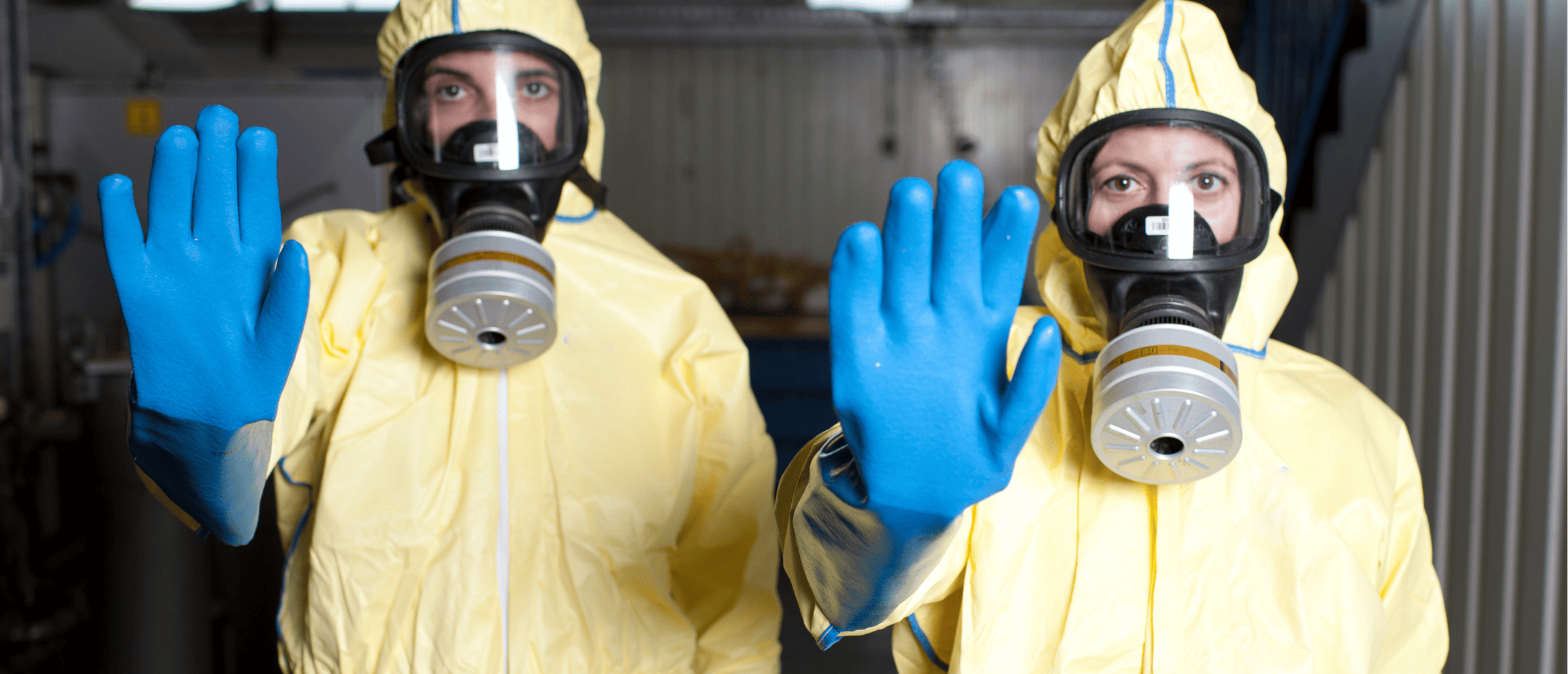When was the last time you reviewed and updated your hazard assessment
- 5 min read
- July 26, 2025

Regular hazard assessments are crucial for identifying and mitigating workplace risks, ensuring employee safety, and maintaining compliance with Occupational Health and Safety standards. They involve evaluating tasks, tools, and work environments to pinpoint potential dangers. Effective communication of these assessments to employees is essential to foster a culture of safety and prevent accidents. The article highlights a tragic case underscoring the consequences of neglecting such practices, emphasizing the importance of continuous review, update, and communication of hazard assessments.
When did you last do a Hazard Assessment?
Hazard assessment or Job Hazard Assessment (JHA) is the foundation of a strong H&S program. Further, hazard assessment helps you understand the following key facts as an employer:
- Tasks assigned to each employee.
- Various tools used by each employee.
- The work environment for your employees.
- Risks posed by each of the above factors.
Is it important to find the correct model for understanding risk analysis for effective hazard analysis?
Finding the correct model to understand risk analysis is crucial. Moreover, this depends largely on your industry. In fact, you need to determine the type of controls that you need to put in place to:
- Effectively mitigate the risk of each activity.
- Be able to measure effectiveness of the controls you put in place to determine if they mitigate the risk.
Thus, the model you choose for risk analysis plays a big role in effective hazard assessment.
When was the last time you communicated your hazard assessment to your employees?
Simply reviewing and updating your hazard assessment is not good enough. In fact, you need to communicate the same to your employees. Here’s a court case that illustrates the significance of reviewing, updating, and communicating your hazard assessment to your employees. Let’s look into the background of the case for deeper insights.
Kitchener-Based Roofing Company Fined $110,000 After Fatal Workplace Incident
Matpol Metal Roof Manufacturing Ltd., operating in Kitchener, Ontario, faced a hefty fine for a grave lapse in workplace safety leading to a tragic incident. Engaged in installing metal roofing systems, the company found itself in legal turmoil following an event where a worker suffered fatal injuries due to inadequate fall protection measures.
What exactly happened?
At a residential project in London, Ontario, a subcontracted worker was installing metal sheathing on a roof when they fell, leading to fatal injuries. This incident highlighted critical safety failures, particularly in the use of fall protection equipment which, though available, was not utilized by the worker at the time of the accident.
What did the Ministry of Labour investigation reveal?
The investigation by the Ministry of Labour, Immigration, Training, and Skills Development uncovered that Matpol did not ensure the mandatory use of fall protection by workers exposed to heights exceeding three meters. This oversight contravened the stipulations set forth in Ontario’s construction regulations and the Occupational Health and Safety Act.
Legal outcomes and implications.
The court, acknowledging the severity of the oversight and its consequences, imposed a fine of $110,000 on Matpol Metal Roof Manufacturing Ltd. Furthermore, a victim fine surcharge was levied to support a provincial fund aiding victims of crime, underscoring the broader social implications of workplace safety violations.
This case serves as a somber reminder of the paramount importance of adhering to health and safety regulations, especially in high-risk industries like construction. It underscores the necessity for companies to rigorously enforce safety protocols to protect their workers and avoid tragic outcomes.
Can you ever bring risk down to zero?
No company can every bring down risk to zero. However, it can mitigate the occurrence of such risks through having proper policies and procedures. That said, is just having proper policies and procedures enough? The answer is no. In fact, a company needs to also communicate the policies and procedures to all its employees. Further, it needs to ensure that they employees have reviewed and acknowledged the company’s policies and procedures.
It is crucial to understand that the link between policies & procedures and the job hazard assessment. In fact, a well-defined and detailed job hazard assessment allows to draft clear and effective policies and procedures. It is ideal for the policies & procedures to flow from the job hazard assessment. You have to review your job hazard assessment whenever there’s a process change, change in machinery, production related changes, or when you have an incident.
What does a company need to do in the given circumstances, going forward?
In simple words, a company needs to review and update its hazard assessment, and communicate it to its employees. This will help its employees largely in understanding the hazards associated with their tasks much better. Thus, its workers, employees, supervisors, managers, and all the key workplace parties will get into a habit of ensuring that they perform tasks as per the flow diagram shown in the hazard assessment.
This will help the company in working towards ensuring strong adherence to policies and procedures. All this helps in working towards a safety culture.
What is an effective way to communicate updates on hazard assessment?
There are many ways in which a company can communicate updates on hazard assessment. However, one of the easiest ways for a company to communicate the updates on hazard assessment to its employees is by using an online safety training and management system such as 4SafeCom™.
The best part is that an online system such as 4SafeCom™ allows you to get your employees to review and acknowledge your job hazard assessment. This is crucial from a due diligence point of view. Moreover, you can integrate your job hazard assessment with 4SafeCom™. Thus, the system will auto assign trainings to the employees based on the risks identified in your hazard assessment. You can obviously assign more trainings manually as well using the system based on your industry’s requirements.
Prudent companies working towards a sustainable workplace safety culture will review their job hazard assessment periodically to check its effectiveness. Apart from being a strong point for due diligence, this helps builds a safety culture, provided the company communicates the review of job hazard assessment to all the relevant workplace parties.
CLICK HERE to read more on the 4SafeCom™ Safety Training and Management System


